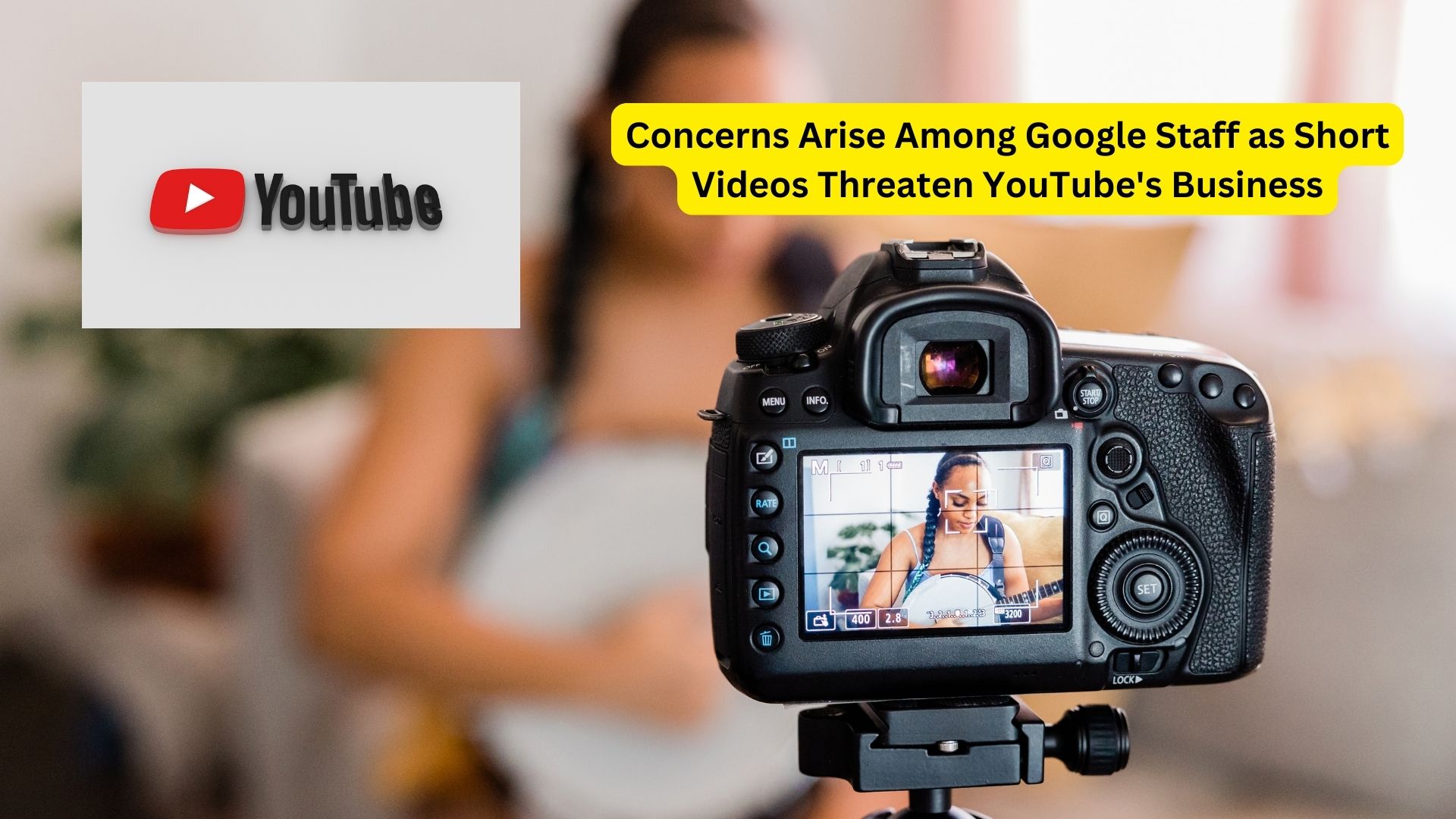
After the ban of TikTok in India, several platforms vied for the top spot in the short video format, including established players like YouTube and Instagram. While both platforms saw significant success, they also faced challenges that affected their existing user base, particularly Instagram. Surprisingly, short-form video content found a more stable home on YouTube.
In 2021, Shorts went global and gained immense popularity. However, what initially began as a strategy to compete with rivals like TikTok and Meta is now raising concerns within YouTube about its impact on its core business of long-form content.
The Dilemma of Shorts vs. Long-Form Content
According to a report from the Financial Times, YouTube employees are expressing concerns that YouTube Shorts might overshadow the company’s primary revenue source—long-form videos. While Shorts led to increased viewership and content creation, it also diverted audiences away from traditional long-form content, the preferred space for advertisers to allocate their budgets.
Within YouTube, there is apprehension that the short-video platform Shorts could potentially “cannibalize” its core business. Recent strategy meetings at YouTube have revolved around the risk of long-form videos losing popularity.
This predicament has placed YouTube in a delicate situation. Short-form videos, akin to TikTok and Instagram Reels, have gained popularity due to their quick consumption nature. However, YouTube’s primary revenue comes from advertisements, and short videos offer fewer ad opportunities, resulting in lower profits when compared to long-form content.
Traditionally, long-form content has been the magnet for advertisers. While several platforms have attempted to steer advertisers towards shorts, most have encountered difficulties in doing so. YouTube is actively seeking methods to increase ad revenue from Shorts but has yet to find a breakthrough solution.
Creators Shifting Focus to Short-Form Content
Content creators are also shifting their focus from long-form content to Shorts. In pursuit of a larger audience and influenced by YouTube’s algorithm that prioritizes short content, newer creators are emphasizing Shorts over long-form videos.
This shift is a cause for concern among YouTube’s staff. The platform must strike a balance between keeping its audience engaged and devising ways to generate income.
In October 2022, YouTube reported its first quarterly drop in ad revenue since 2020 when it began reporting its performance separately. In subsequent quarters, the platform continued to report declines compared to the same periods in the previous year.
Navigating a Catch-22 Situation
Despite these challenges and concerns, YouTube cannot ignore the popularity of Shorts. The platform is well aware of this and is actively promoting Shorts to its extensive user base, even if it means sacrificing some ad revenue. This move is viewed as a defensive strategy to compete in the ever-evolving short-form video landscape.
YouTube has acknowledged the concerns raised but maintains that Shorts is designed to complement, rather than compete with, other content formats on the platform, such as audio and livestreams. The company perceives Shorts as a means to create a virtuous cycle that attracts new viewers to various content formats.
To address concerns about Shorts potentially impacting its core business, YouTube should concentrate on revenue-driving features such as AI summaries and exclusive content partnerships, such as NFL highlights.
7 Strategies to Generate ₹1 Lakh Monthly Income via Google- Your Road Map to Earn Money Online

One thought on “Concerns Arise Among Google Staff as Short Videos Threaten YouTube’s Business”